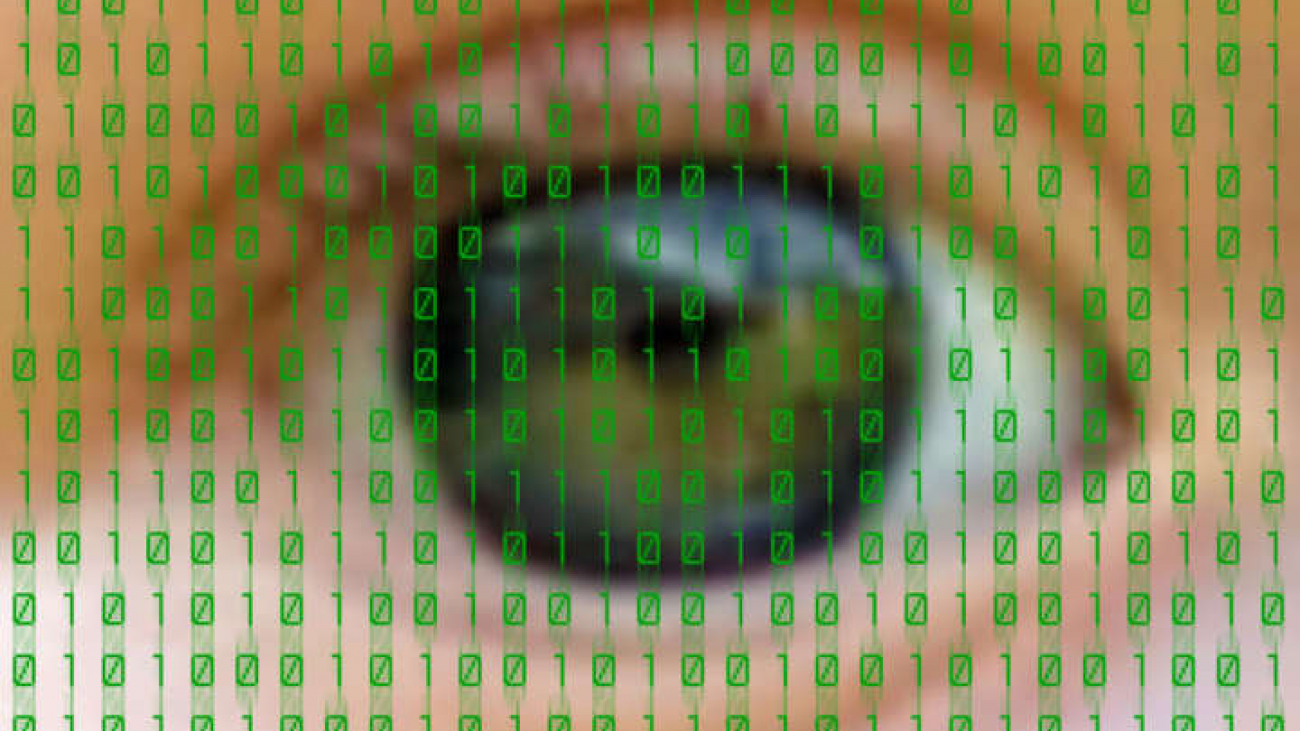It’s the new buzzword on the block and it seems everyone wants a piece of the pie chart.
We are of course talking about “Big Data” and as the name suggests it refers to the huge amounts of data we can now collect and analyze.
Today we take a look at the term from a marketing and advertising perspective and find out what it really means and how it affects us.
For years large data collection and analysis was the preserve of data scientists and research and development organisations. The resources and computational power needed to collect and analyze data was beyond the scope of most businesses. But with computational power leapfrogging and cloud computing coming of age, large scale computing resources are now within reach of any business. And that means businesses not only have the power to collect large amounts of data, but more importantly, get insights from it as well.
So how is this impacting advertising and marketing? Lets take a look:
Advertising – the new data hub.
One of the key elements of successful advertising is spotting trends and creating new ones. The ability to sift through huge amounts of customer data and spot trends and insights is therefore hugely important to the industry.
As the link between brands and consumers, advertising agencies are in a unique position to help consumers understand brands better and vice versa. In a sense advertising agencies have become the data hubs of tomorrow. They can collect, analyze and act on data to either tap into new trends and behaviours, or create new ones that enhance a brand experience.
Social Media
To get a taste of just how big Big Data is, consider this: Facebook generates 15 terabytes of new information everyday. While twitter generates more than 400 million tweets a day.
One of the most significant advances in technology has been our ability to run real-time analysis of data captured by social networks and the Internet at large. This never-before ability to observe mass user perception of brands and influence a brands’ story means that we can now tailor our messages that much better and respond to consumer needs that much faster.
Mobile Data
The dramatic rise in mobile usage and computing has meant a huge new source of data for marketers. Mobile’s immediacy, portability and app-friendly platforms mean that it’s one of the richest sources of data and insights into consumers.
Given the real-time nature of mobile data, fast analysis and execution become critical in the success of any campaign. What’s more, localization features mean that brands and advertisers can now reach audiences at the most sensitive time, in the most appropriate setting and when intent for purchase is the clearest. This combination of real time data and the ability to act on it almost instantly will see mobile advertising grow not just in size, but in effectiveness as well.
Conclusion
One of the key challenges of any data collection is separating the nuggets from the noise. The huge advancements in technology mean we can now do this much better than before.
A brands’ ability to successfully use this information depends on the specific challenge it faces, the digital context in which it operates and the channels it chooses to communicate.
Ultimately the key to successfully using Big Data is to make it small. Big Data enables us to tailor a specific message to a very specific audience and deliver it at the most opportune time and place. In other words Big Data is helping us do something we may have lost touch with: Communicate one-on-one, person-to-person. It’s time to Think Big!
Source: trends.clickhere.com – 2013 Ten Digital Trends.



